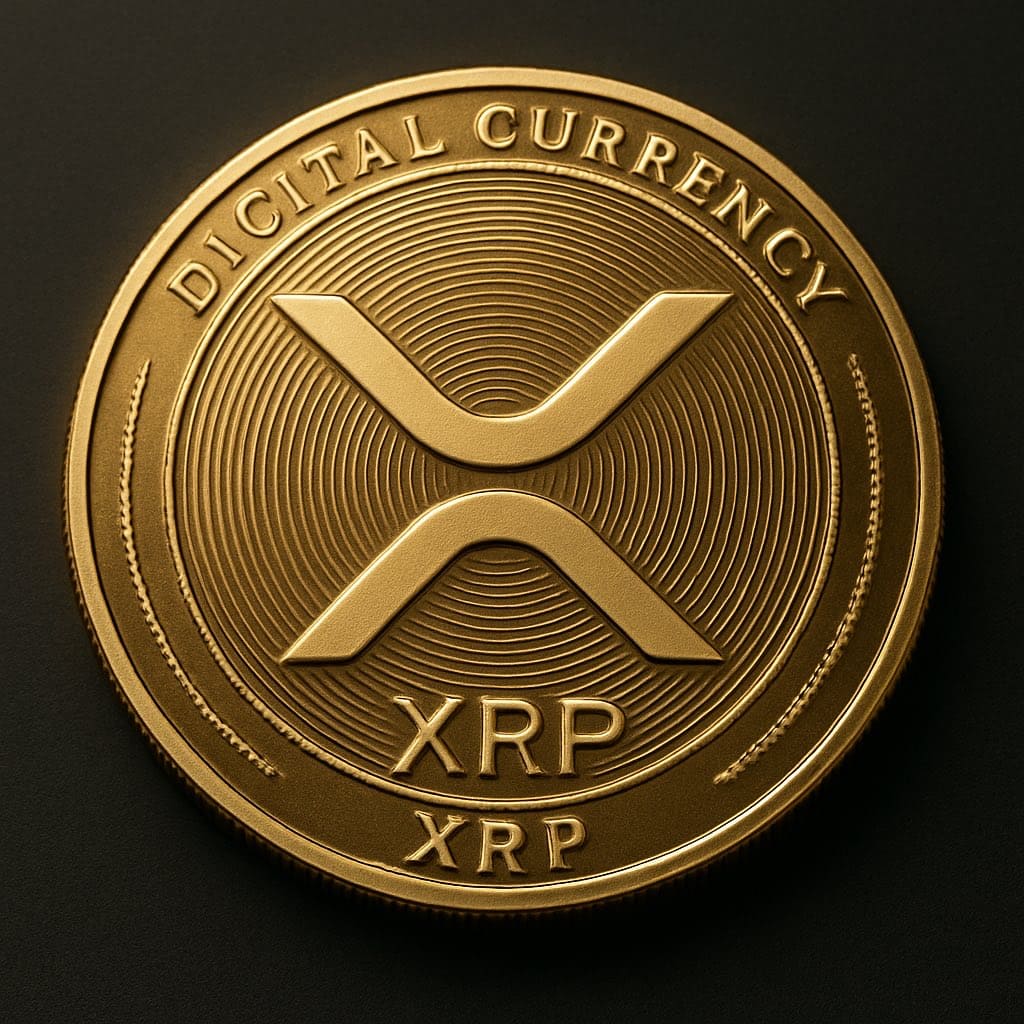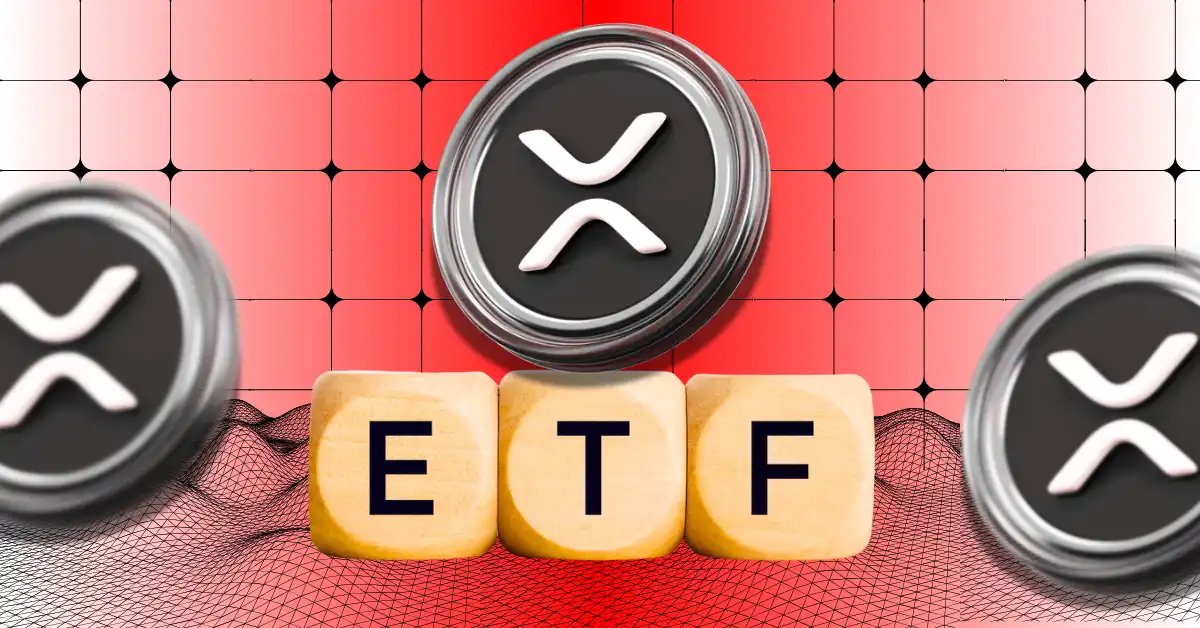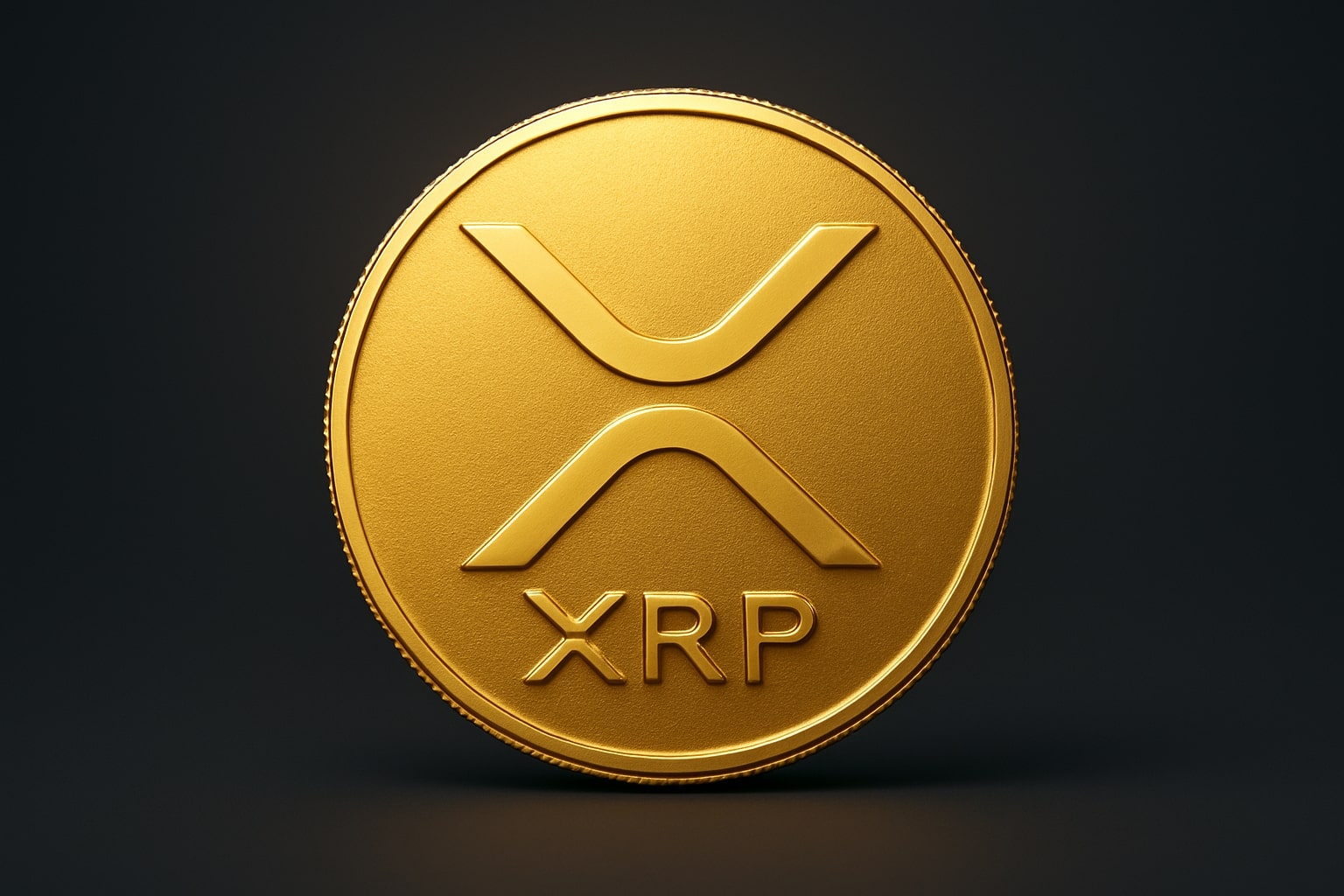Have you noticed how often people talk about crypto these days? It feels like it’s everywhere. Over the past decade, digital currencies have exploded in popularity. Big companies, small investors, even governments are paying attention.
But here’s the catch—actually buying and holding crypto isn’t as simple as it sounds. You need a wallet, a private key, and sometimes a lot of patience. Lost your password? Your money’s gone. Choose the wrong exchange? You might be stuck. Honestly, it can feel overwhelming, especially if you’re just starting out.
That’s where crypto ETFs step in. Think of them as a shortcut. Instead of handling the coins yourself, you buy a fund that follows their price. Sounds easy, right? If you’ve ever bought stocks before, the process will feel very familiar.
So, what’s the benefit? Well, no messy wallets or confusing logins. You get exposure to crypto but without the hassle of storing it safely. Some people like to say ETFs are like a “bridge” between traditional finance and the new digital world. And honestly, that description fits.
Are they popular? Absolutely. Many countries are already approving them, and interest keeps climbing. Why? They make crypto more accessible for everyday people, not just tech enthusiasts. This guide will walk you through everything: what crypto ETFs are, how they work, the types you’ll see, and yes—the risks too. By the end, you’ll know enough to decide if this path makes sense for you.
What is a Crypto ETF?
A crypto ETF, or exchange-traded fund, is a way to invest in cryptocurrencies without owning them directly. Instead of buying Bitcoin or Ethereum on an exchange, you purchase shares of a fund that mirrors their price.
These funds can hold actual cryptocurrencies, or they may use tools like futures contracts and derivatives to track prices. When you buy a share, you gain proportional exposure to the assets inside the fund. Some ETFs stick to a single cryptocurrency, while others spread across several coins for diversification.
Not all ETFs work the same. Spot ETFs follow the current price of the asset. Futures ETFs use contracts that track where prices might go. Leveraged ETFs try to amplify performance, but that also makes them riskier. Each type comes with its own benefits and costs.
For beginners, the appeal is clear. You can access the crypto market through the same brokerage account you use for stocks. That means no worrying about private keys, wallets, or exchange platforms.
Because some of these funds are regulated, they often provide more transparency and protection than buying crypto on your own. In that sense, crypto ETFs serve as a bridge between traditional finance and the digital asset world, making participation simpler and safer.
How Crypto ETFs Work
Crypto ETFs give people a way to join the crypto market without buying coins directly. Instead, these funds hold cryptocurrencies or related tools like futures contracts and swaps. The value of each share moves with the price of those assets. Some ETFs actually store cryptocurrencies, while others use financial contracts to copy their performance.
You can buy and sell ETF shares on regular stock exchanges, just like company stocks. Their prices shift during the day based on demand, supply, and how the underlying crypto assets perform. Behind the scenes, fund managers adjust holdings to keep the ETF in line with its chosen index or strategy.
To keep things balanced, ETFs stay close to their true value through a process called creation and redemption. Special market players can swap ETF shares for the assets inside, or vice versa. This keeps prices steady and ensures plenty of liquidity.
When it comes to options, different types of crypto ETFs exist. Some track one cryptocurrency, while others include several. Spot ETFs follow real-time prices, futures ETFs use contracts, and leveraged ETFs magnify exposure for higher risk and reward. Which would suit you best depends on your goals and risk appetite.
One big advantage is convenience. You don’t need to handle wallets, private keys, or security measures. But remember to check fees, liquidity, and possible tracking errors, since these can slightly affect performance. ETFs offer a regulated and more transparent way to step into crypto. By learning how crypto ETFs work, you can enter the crypto world more smoothly.
Types of Crypto ETFs
Crypto ETFs come in different forms. Each one gives you a unique way to step into the crypto world. But which type is right for you? Let’s break them down.
Spot ETFs
Ever wanted Bitcoin without worrying about wallets or private keys? That’s exactly what spot ETFs offer. They track the real market price, and the fund actually holds the coins. The share price simply reflects their value. Do you need to manage any crypto yourself? No. The ETF takes care of that for you.
Futures ETFs
Futures ETFs work differently. They don’t hold the coins directly but use contracts tied to future prices. So, you’re not buying Bitcoin itself, you’re buying into where its price might go. Sounds appealing, right? But here’s the twist: these funds are more complex and often come with higher fees.
Leveraged ETFs
Looking for bigger moves in the market? Leveraged ETFs amplify results, often doubling or tripling daily performance. Double the gains sounds exciting, but remember, losses get multiplied too. That’s why these ETFs are better suited for people with experience and a strong tolerance for risk.
Diversified or Multi-Crypto ETFs
If choosing a single coin feels limiting, diversified ETFs provide exposure to a basket of cryptocurrencies in one fund. This spreads risk across several assets. If one coin drops, others may balance it out. It’s a way to ride the broader market with less dependence on one currency.
Why Crypto ETFs Matter
Why do crypto ETFs matter so much? Think of them as a bridge between traditional finance and digital assets. Instead of managing wallets or private keys, you can simply buy ETF shares in your brokerage account. No need to worry about losing access to your funds.
So, how does this make things easier? ETFs make crypto exposure as simple as buying regular stocks. For beginners, that’s a huge relief. You don’t need deep technical knowledge to get started.
What about the risk? Storing crypto yourself comes with security issues like hacks or theft. With ETFs, professional custodians handle storage and compliance. This means you get exposure without the stress of managing security on your own.
Can ETFs give you more than just Bitcoin? Absolutely. Some funds hold a mix of cryptocurrencies like Bitcoin, Ethereum, and others. That way, you spread the risk across different assets in a single investment.
Why do the big players care? Large banks, hedge funds, and investment firms use ETFs to include crypto in portfolios. They don’t have to handle the coins directly, yet still capture price movements. This makes portfolio management and rebalancing far smoother.
Do ETFs help with liquidity? Yes, they do. They let you buy and sell crypto exposure quickly under the same rules as traditional markets. For many, this brings much-needed transparency and trust. In the end, ETFs make crypto investing simpler, safer, and more accessible. Whether you’re new to crypto or managing millions, ETFs offer a clear path into the digital asset world.
Popular Crypto ETFs Around the World
Crypto ETFs are gaining traction worldwide, offering a regulated and simple way to access digital assets. Let’s look at different regions.
In the United States, the iShares Bitcoin Trust (IBIT) from BlackRock is the largest Bitcoin ETF, holding billions in assets with an active options market. The Fidelity Wise Origin Bitcoin Fund (FBTC) follows, giving direct Bitcoin exposure.
BlackRock and Fidelity also offer Ethereum ETFs, such as the iShares Ethereum Trust (ETHA) and the Fidelity Ethereum Fund (FETH), which provide direct exposure to Ether. Another key product is the ProShares Bitcoin Strategy ETF (BITO), a futures-based ETF that tracks Bitcoin contracts. These funds make crypto investing more regulated and convenient.
Canada was one of the first countries to approve crypto ETFs. The Purpose Bitcoin ETF (BTCC) and the Evolve Bitcoin ETF (EBIT) hold Bitcoin directly. Canada also has the Purpose Ether ETF (ETHH) and the CI Galaxy Ethereum ETF (ETHX), which provide simple and regulated access to Ethereum.
In Europe, investors can access the WisdomTree Bitcoin ETP and the BTCetc Bitcoin Exchange Traded Crypto, both offering exposure under strict EU financial rules. Europe also hosts products like the 21Shares Ethereum ETP, which gives investors access to Ether without the direct storage risks.
Asia is building its crypto ETF market as well. Countries like Singapore, Hong Kong, and Japan now offer both Bitcoin and Ethereum ETPs. These products attract retail buyers and major institutions, opening doors for broader access to digital assets. Other regions, including Australia and Brazil, have also launched Bitcoin and Ethereum ETFs.
Impact of ETFs on Underlying Assets
Since the U.S. approved spot Bitcoin ETFs in January 2024, the market has changed dramatically. These funds now hold over $164 billion in assets and control more than 1.2 million BTC. That’s almost 7% of Bitcoin’s total supply.
The demand from these ETFs quickly pushed prices higher. Bitcoin jumped from under $45,000 before approval to over $70,000 just months later. By October 2025, it had broken multiple all-time highs and traded above $126,000.
Ethereum followed a similar path. After its own ETF approval later in 2024, about $29.9 billion flowed into Ether funds. The excitement lifted ETH above $3,500, showing strong confidence from traditional finance players entering the space.
But the impact isn’t just about price. ETFs have made the market more liquid and deeper, allowing smoother BTC and ETH trades across major exchanges. They’ve boosted demand, reduced available supply, and tied digital assets more closely to Wall Street activity.
Risks and Limitations of Crypto ETFs
Crypto ETFs are convenient, but they come with risks that beginners should understand before buying. Let’s break them down simply.
Price Volatility
Crypto ETFs move with the ups and downs of cryptocurrencies. Even funds holding several coins can lose value quickly during sharp drops.
Tracking Errors
Futures-based ETFs may not always follow the asset’s price closely. Costs from rolling contracts and timing gaps can reduce performance.
Liquidity Risks
Some ETFs, especially new or small ones, may have low trading activity. This can mean wider spreads and higher costs.
Fees and Costs
Every ETF charges management and operational fees. These expenses reduce returns and may be higher than holding crypto directly.
Regulatory Risks
Laws and rules around crypto ETFs can change quickly. Approvals, taxes, or restrictions may impact access in certain countries.
Security Concerns
ETFs reduce wallet risk, but issues remain. Custodian problems, exchange failures, or technical flaws can still affect fund value.
Leveraged ETF Risks
Leveraged ETFs multiply both profits and losses. They reset daily, making them complex and best for short-term, skilled users.
Market Competition
New ETFs enter the market often. These changes liquidity, fund size, and pricing, which can affect overall performance.
How to Buy Crypto ETFs — Step by Step
Step 1: Choose a Brokerage
Start by picking a brokerage that offers crypto ETFs. Make sure it’s regulated and available in your country.
Step 2: Open an Account
Create your account and complete verification. You’ll need to upload an ID and other documents for KYC checks.
Step 3: Fund Your Account
Add money to your account using a bank transfer, debit card, or another supported payment method.
Step 4: Research ETF Options
Look at the ETFs available before buying. Compare fees, liquidity, type of ETF, issuer, and underlying assets.
Step 5: Decide on Your Buy Amount
Choose how many ETF shares to buy. Market orders buy instantly, while limit orders let you set a price.
Step 6: Confirm the Order
Check your order details carefully. When everything looks right, confirm the order to complete your purchase.
Crypto ETFs vs. Direct Ownership: Which is Right for You?
Crypto ETFs or direct ownership: how do you know which is right for you? Both give you access to digital assets, but the experience is very different.
What makes ETFs appealing? They’re simple. You can buy them through a brokerage, just like regular stocks. No wallets, no private keys. The fund provider handles custody, regulation, and even audits.
But what about direct ownership? That’s when you hold the coins yourself. You’ll need a wallet, either hot or cold, and you’re fully responsible for its security. Lost your private keys? You might lose access forever.
Are ETFs safer? In some ways, yes. They reduce hacking and wallet risks, since professional custodians manage storage. Still, they introduce counterparty risk because you rely on the fund provider.
What’s the trade-off with ETFs? Convenience comes at a cost. You can’t transfer coins, stake them, or use them in DeFi. You only own ETF shares that reflect the asset’s price.
Direct ownership gives you flexibility. You can send tokens, explore decentralized apps, or stake them for extra opportunities. You also avoid paying management fees to fund providers. But remember, full control means full responsibility.
Which one should you choose? If you want regulated, hands-off exposure, ETFs may fit you best. Prefer independence and utility? Direct ownership might be your answer. Some people even use both—ETFs for simplicity and coins for freedom.
Would you rather let someone else handle the technical side, or do you want complete control? That’s the real question.
Regulatory Landscape of Crypto ETFs
The rules for crypto ETFs are not the same everywhere. Each country sets its own approach to access and safety.
In the United States, the Securities and Exchange Commission (SEC) reviews and approves crypto ETFs. It sets strict rules for custody and oversight. So far, the SEC has approved spot Bitcoin and Ethereum ETFs but is still considering other cryptocurrencies, such as XRP, Litecoin, Solana, and even Dogecoin.
Canada takes a more open approach. The Investment Industry Regulatory Organization of Canada (IIROC) oversees ETFs and approved spot Bitcoin funds in 2021. This gives Canadians easier access compared to the stricter U.S. system.
Europe works differently. The European Securities and Markets Authority (ESMA) gives guidance, but national regulators approve products. This creates a mix of options, depending on which member state you’re in.
In Asia, regulators are more cautious. Many countries still restrict crypto ETFs because of volatility and investor protection concerns. Several proposals are pending, but approvals remain limited.
Why does all this matter? Rules shape what products are available, how they work, and how safe they are. Ignoring regulations can mean facing restrictions or missing access to certain markets. Understanding the regulatory landscape helps you understand where ETFs are allowed, what protections exist, and what risks may arise.
Tips for Beginners
Here are some simple tips if you’re just starting out with crypto ETFs.
- Begin with a small amount and take time to research each ETF before investing.
- Look at the goals, holdings, and risks of every ETF. Ask yourself how it fits into your personal strategy.
- Don’t put everything in one place. Spread your money across different ETFs and traditional assets to lower risk.
- Keep an eye on fees, liquidity, and performance so your investments stay cost-effective.
- Follow regulatory updates closely. New approvals or restrictions can change which ETFs are available or affect their prices.
- Most importantly, avoid emotional decisions. Crypto markets move fast, but focusing on long-term plans is usually more rewarding.
Conclusion
Crypto ETFs act as a bridge between digital assets and traditional finance, making access easier through regulated structures. They remove the need for wallets or private keys while still tracking crypto price movements. This makes them appealing for beginners and institutions seeking safer exposure.
But are they risk-free? No. Volatility, fees, and shifting regulations remain part of the picture. That’s why research, discipline, and realistic expectations are key. Used wisely, crypto ETFs can support diversification and provide access without replacing careful financial planning.
FAQs
What’s the difference between a crypto ETF and a crypto fund?
A crypto ETF trades on stock exchanges like regular shares, while crypto funds are managed privately and are not exchange-listed.
Can I lose all my money in a crypto ETF?
Yes, it’s possible. Crypto markets are very volatile, and sharp price drops can cause big losses.
Are crypto ETFs regulated?
Yes, they are overseen by financial authorities such as the SEC in the U.S. or IIROC in Canada.
Can beginners buy crypto ETFs easily?
Yes, you can purchase them through most brokerage accounts without needing technical crypto knowledge.
Do crypto ETFs pay dividends or interest?
No, they only follow the price performance of the underlying cryptocurrency.














